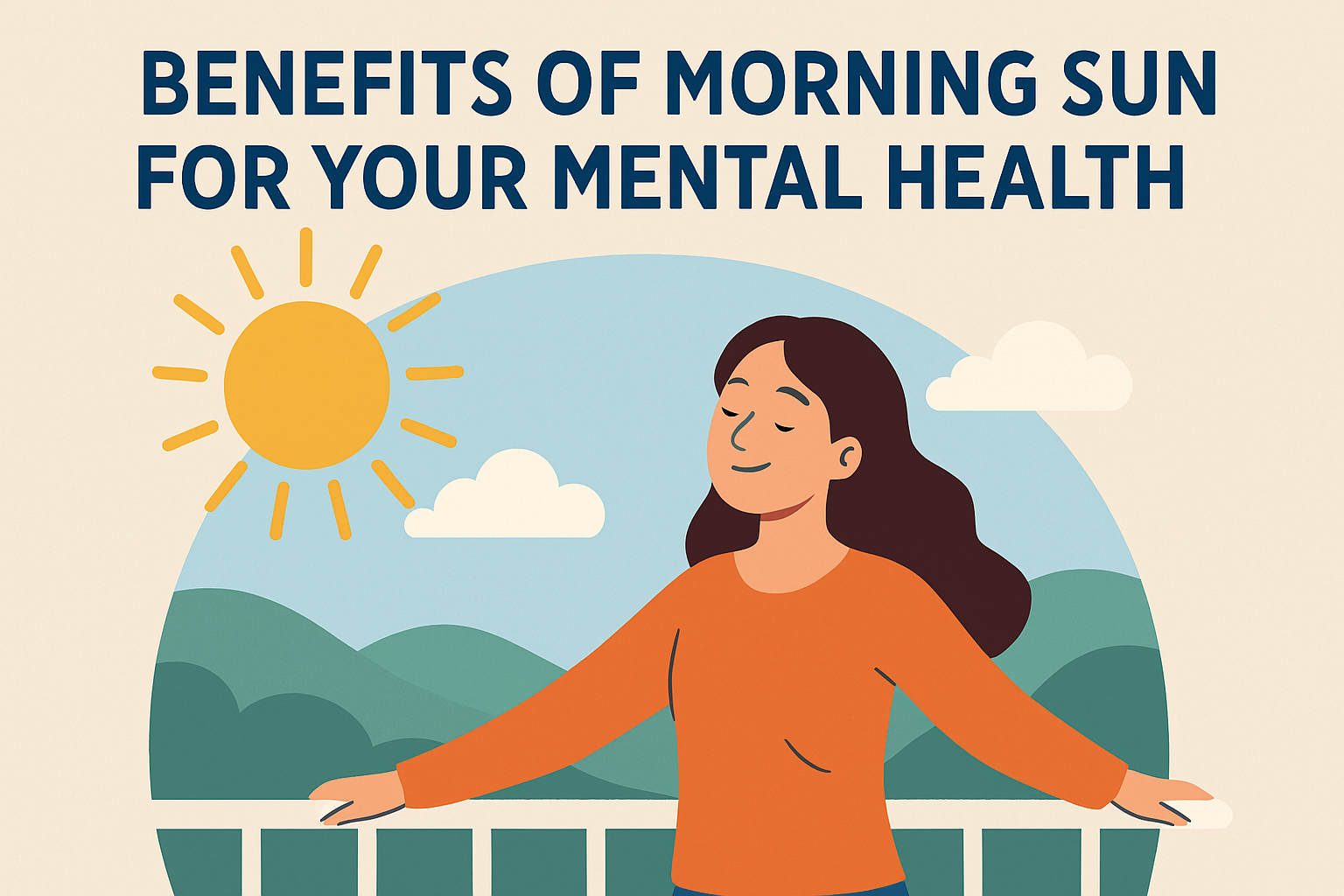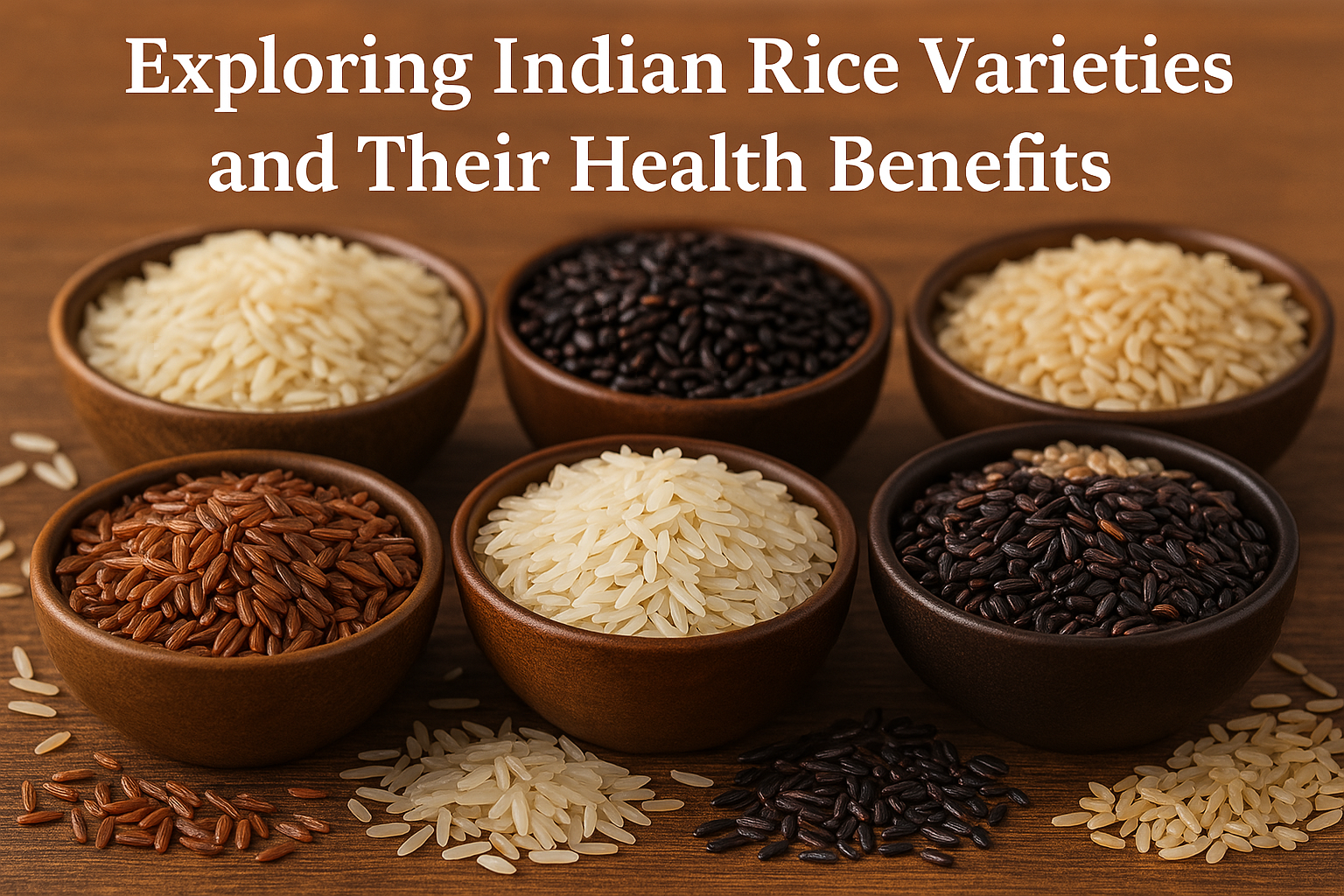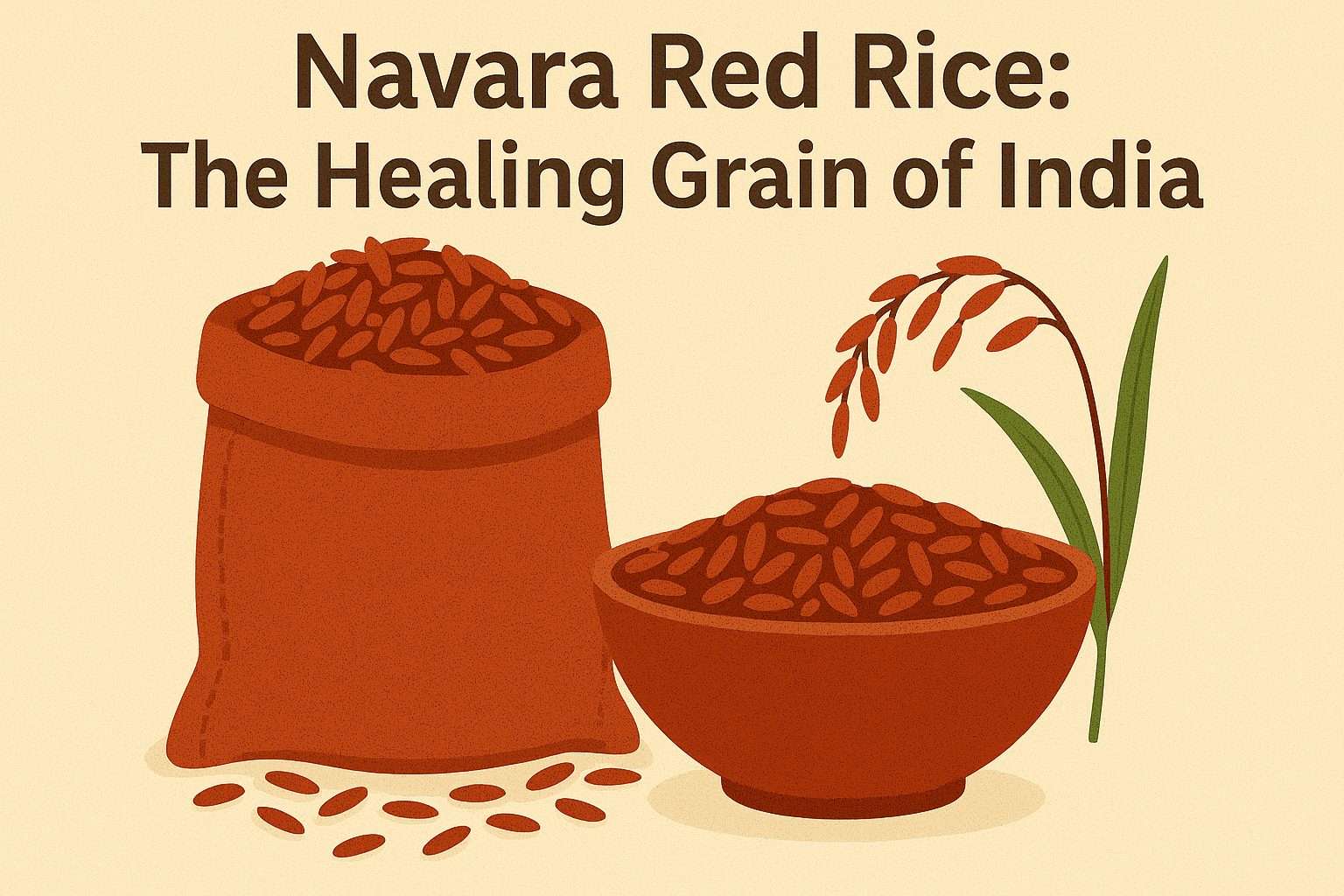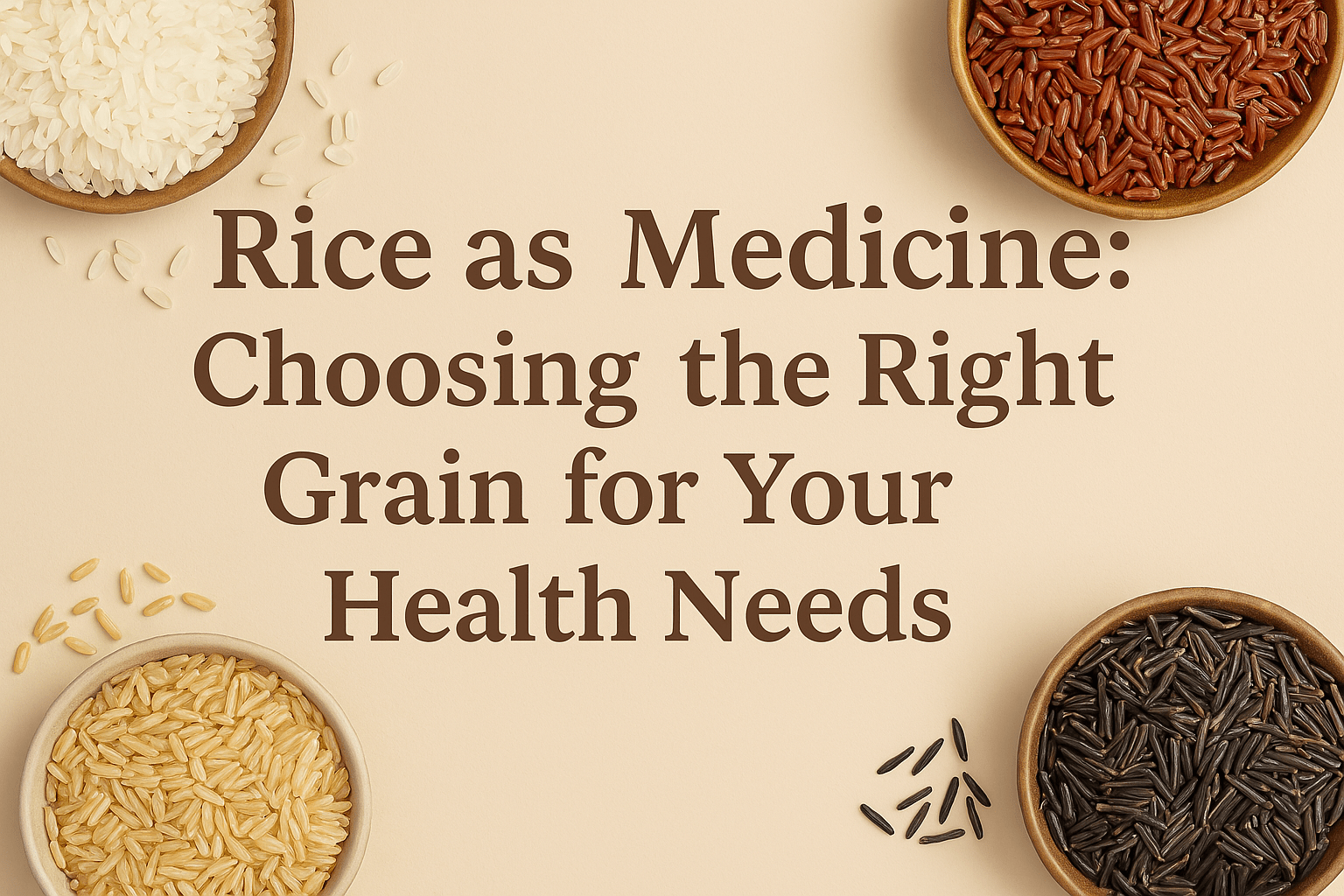Why You Should Step into the Morning Sun for 10 Minutes Every Day
In a world that moves at lightning speed, it’s easy to overlook the small, simple things that can make a big difference to our well-being. One such powerful yet underrated habit is stepping out into the morning sun. Just 10 minutes of early sunlight can significantly boost your mood, energize your body, and set the tone for a more positive day. Hashtag Magazine explores how this natural ritual can become your daily dose of happiness.
1. Sunlight Stimulates the Release of Serotonin
Sunlight exposure, especially in the morning, triggers the brain to release serotonin, a hormone associated with feelings of well-being and happiness. Serotonin is often referred to as the “feel-good” chemical. Low levels of serotonin are linked to depression and anxiety, while higher levels help you feel calm, focused, and emotionally stable.
Just a few minutes under the early morning sky can naturally enhance your mood without needing a cup of coffee or scrolling endlessly on your phone.
2. Sets Your Body Clock Right
Your body has a natural internal clock, or circadian rhythm, that regulates sleep, mood, and energy levels. Morning sunlight acts as a cue to tell your body it’s time to be awake and alert. When you expose your eyes to natural light soon after waking, it helps reset your biological clock, improving your sleep at night and keeping you energized during the day.
Inconsistent or limited exposure to natural light can throw off this rhythm, leaving you feeling groggy, irritable, and tired.
3. Boosts Vitamin D Production
Vitamin D is often called the “sunshine vitamin” because your body produces it when your skin is exposed to sunlight. This vitamin is vital for more than just bone health—it plays a crucial role in immune function and mood regulation.
Low levels of vitamin D are linked to mood disorders like seasonal affective disorder (SAD), especially during the winter months. Morning sunlight, which is gentler and less likely to harm the skin, is an ideal time to soak up just enough rays to meet your vitamin D needs safely.
4. Helps Reduce Stress and Anxiety
Nature has always been a powerful healer, and sunlight is no exception. Being in natural light, especially combined with a little movement like a walk, helps reduce levels of cortisol, the stress hormone. It signals to your body that you’re safe and in a relaxed state.
A daily ritual of spending 10 minutes in the morning sun can become a grounding practice—a small pause before the hustle of the day begins.
5. Enhances Focus and Mental Clarity
Ever wonder why people who exercise or work outside often seem more alert and focused? Natural light exposure in the morning not only helps wake you up but also improves cognitive function. By increasing serotonin and reducing melatonin (the sleep hormone), your brain gets into a more active, ready-to-go mode.
It’s a simple, free productivity hack: step outside for 10 minutes after you wake up, and you might find it easier to concentrate, problem-solve, and stay motivated throughout your day.
6. Encourages Mindfulness and a Positive Start
Incorporating 10 minutes of morning sunlight into your routine also offers a moment of intentional stillness—a chance to pause, breathe, and connect with nature. Whether you enjoy your tea on the balcony, sit quietly in the garden, or take a walk around the block, this small pocket of time can bring clarity and calm.
When you start your day grounded and present, you’re more likely to carry that energy with you into whatever challenges or joys lie ahead.
Tips to Make the Most of Morning Sunlight
- Time it right: Aim for between 6:30 am and 9:00 am, depending on the season. Morning sun is gentler on the skin and less intense in terms of UV rays.
- Skip the sunscreen for a few minutes: Let your skin absorb direct sunlight for 5–10 minutes before applying sunscreen if you’re staying out longer.
- Expose your face and arms: These areas absorb sunlight efficiently and can help with vitamin D production.
- Combine it with movement: A short walk, some light stretching, or yoga outdoors can amplify the benefits.
- Make it a habit: Consistency is key. Try to make it part of your daily routine—like brushing your teeth or having your first cup of tea.
Conclusion: A Simple Ritual for a Better Day
The morning sun is more than just light—it’s nature’s way of giving you a fresh start. In just 10 minutes, it can lift your mood, reset your body clock, nourish you with vitamin D, and help you feel more connected to the world around you.
So tomorrow morning, instead of diving straight into screens or schedules, step outside, tilt your face toward the rising sun, and let it brighten not just your skin, but your spirit.
































